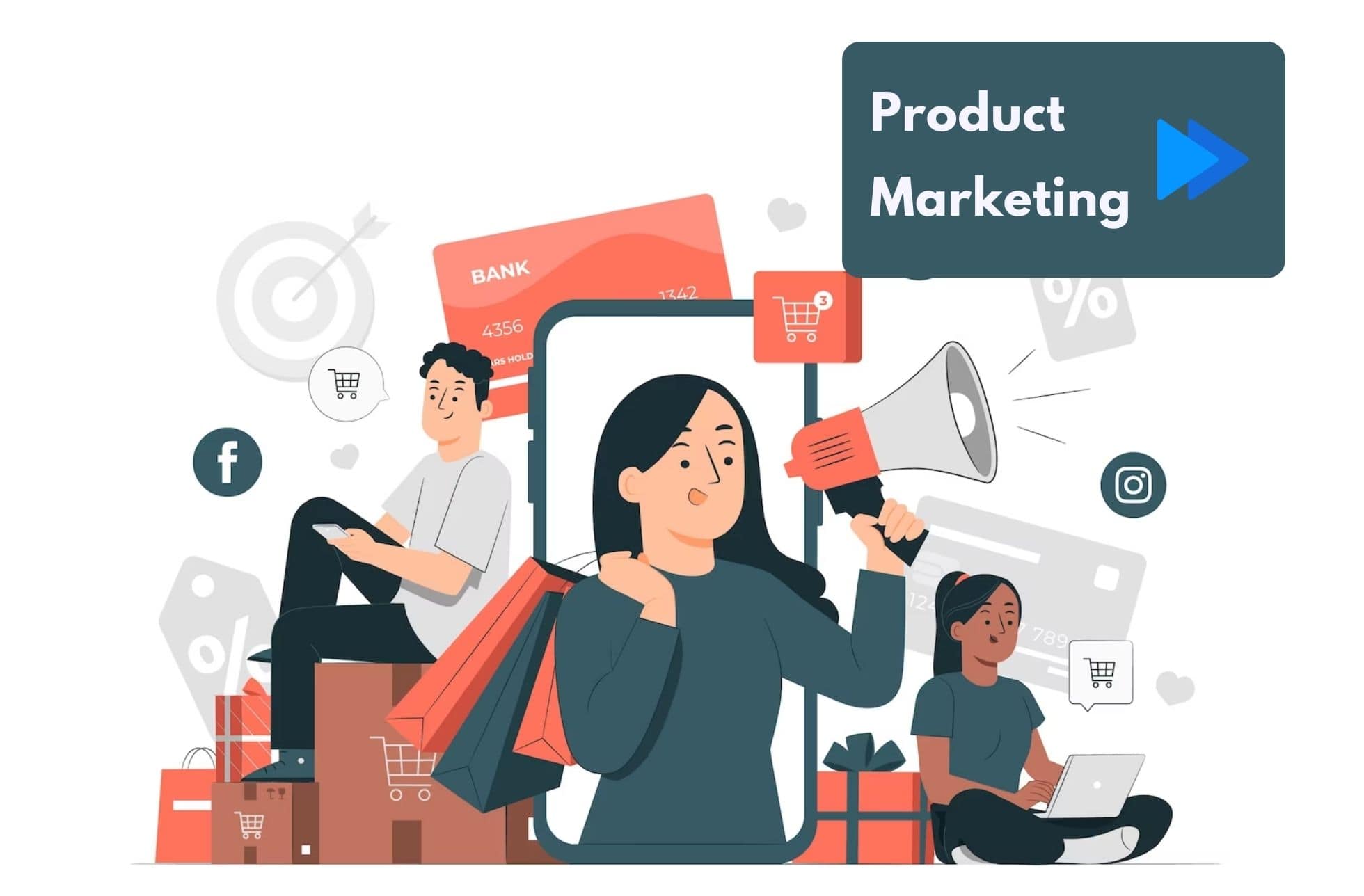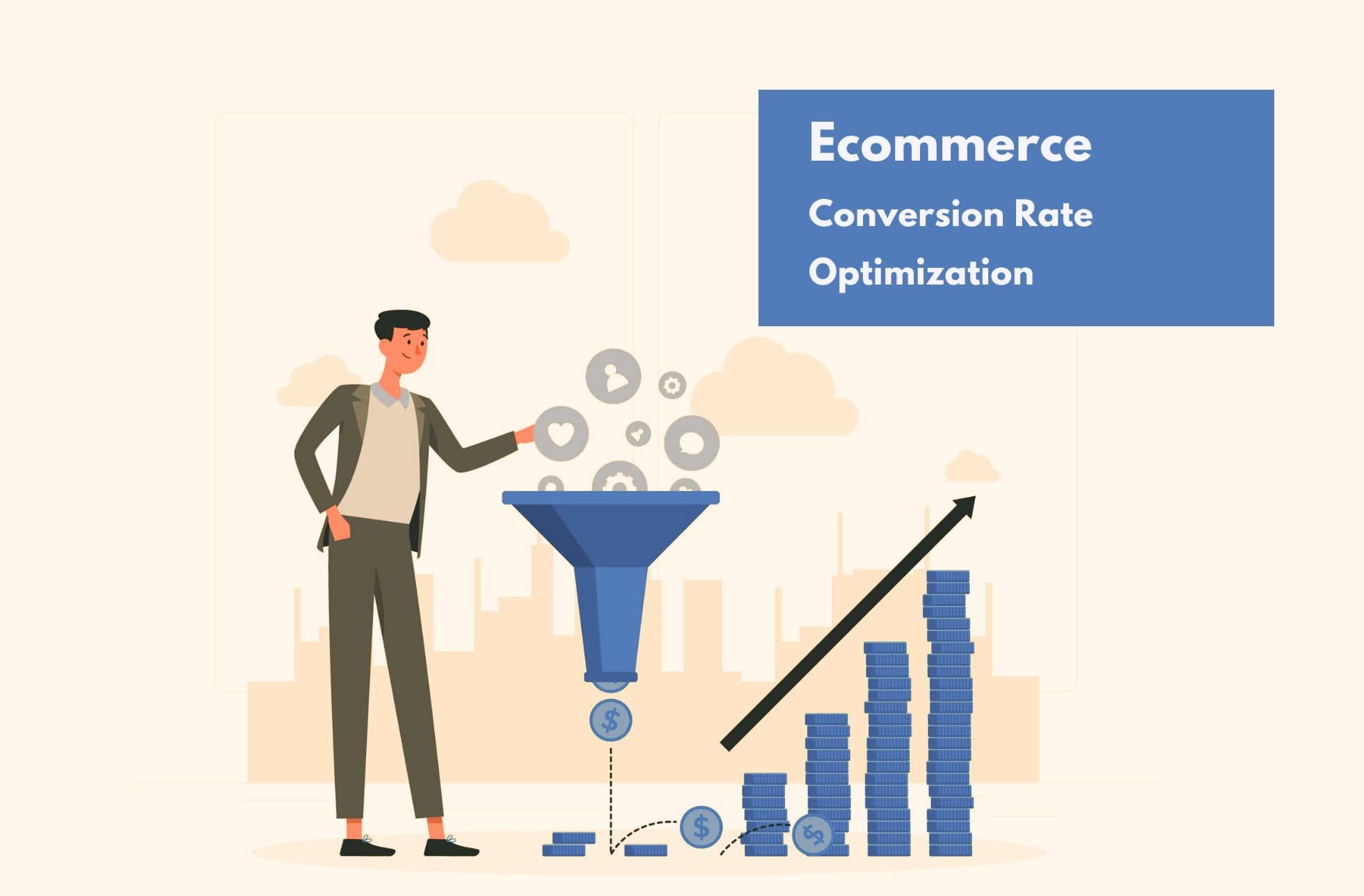Footfall can be defined as the number of people accessing a physical store, regardless of whether they make a purchase or leave after a few minutes. A high footfall is a good indicator of a shop’s financial ‘health’, as a large flow of visitors shows interest in the stock, as well as encouraging other consumers to get to know that store from which everyone enters and leaves continuously. But what are the best ways to increase footfall?
Nowadays, most of the emerging companies begin their adventure in the digital world, and then exploit the local commerce with physical branches. Amazon, eBay and other ecommerce giants are good examples of this strategy. If you are about to expand offline and don’t know how to increase footfall with the help of digital channels, the following lines will be very useful.
Having an ecommerce before opening a physical branch is a competitive advantage in every rule. As you’ll find out below, there are several strategies for converting a portion of online visitor traffic into real people in and out of a store:
Get an excellent first impression
First impressions matter (and a lot) in online environments. An InVision statistic reveals that 94% of first impressions depend on web design. Another study revealed in John Waters’ The Real Business of Web Design stated that 94% of negative comments on a website are related to its design. Is it possible to encourage footfall in a physical branch by having a horrible website? The answer is obvious.
Consequently, for online users to visit the physical store of a brand must improve usability, aesthetics, fluidity and adaptability of web design. Underestimating its importance is negatively impacting the footfall of thousands of brands.
Can I try it before I buy? Yes!
Another of the best ways to increase footfall is to offer free samples in online environments. As it could not be otherwise, those interested will have to travel to the physical store to touch, feel and / or taste the product in question. This technique, increasingly used due to the boom in webrooming, does not guarantee conversions, but it does improve footfall effectively, and can be used by both startups and consolidated stores in their niche.
Loyalty to recurring customers
Regular customers are the cornerstone of any successful business. A satisfied consumer is not only a potential source of future income, but also a magnet for new customers to take an interest in a product and decide to buy it for the first time. There are many useful strategies to gain the loyalty of customers who have only made one purchase or who rarely consume the products of a brand: offering discounts, special sweepstakes, and so on.
For example, a way to improve the footfall would be to notify the customer that he will be deducted 10% of the price of a shoe if he comes to the physical store with the promotional code sent to his email.
Encourages word of mouth
If you are still wondering how to increase footfall in a store, you should know that word-of-mouth continues to be the best way to get new customers. One of the keys to understanding its effectiveness is trust, an obstacle to overcome in the process of getting new consumers (if they were early adopters, the difficulty would be even greater). But if a friend recommends this new brand to us, we have an incentive to give him a vote of confidence and try one of his products, right?
But how to use word of mouth to improve the footfall of a physical business? There are many strategies available, such as offering an additional discount for bringing in a new customer, for example.
Increase your marketing investment
Even for established companies with a large customer base, minimizing the advertising budget is a bad decision. “Stopping advertising to save money is like stopping the clock to save time,” as Henry Ford said. If you want to raise the footfall in your business, invest in advertising locally (flyer delivery, for example) and globally (advertising campaigns on Facebook Ads or Google AdWords).
And is that knowing how to increase footfall in offline business is indispensable, since omnicanal sales (inside and outside the Internet) provide a great competitive advantage to companies, as it allows them to exploit their sector locally and globally.
Image credit : Agnese Lo




